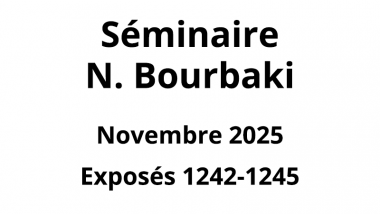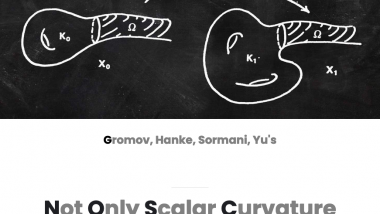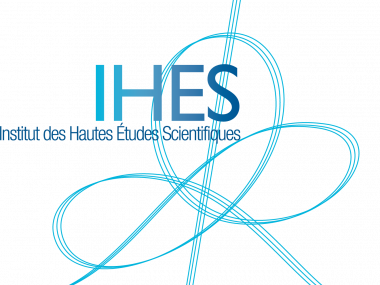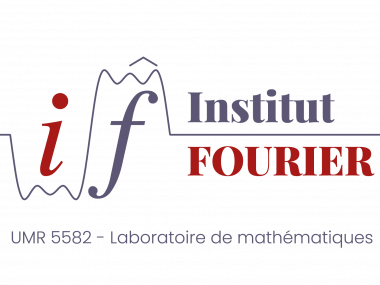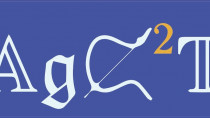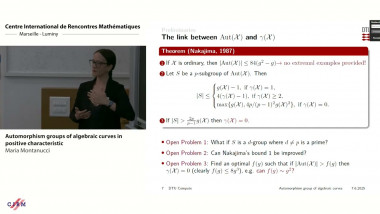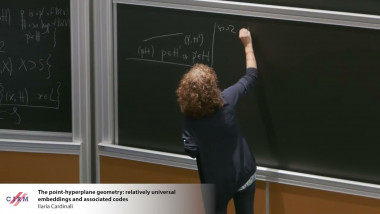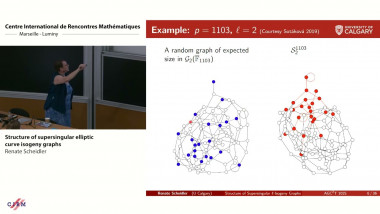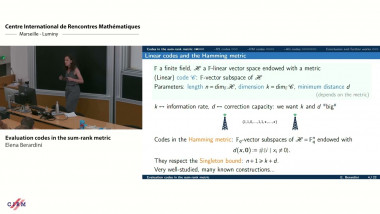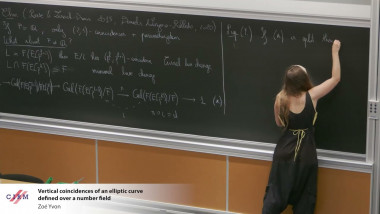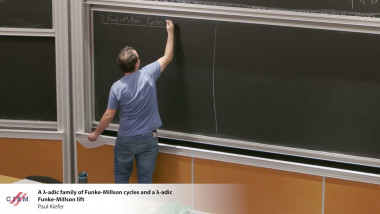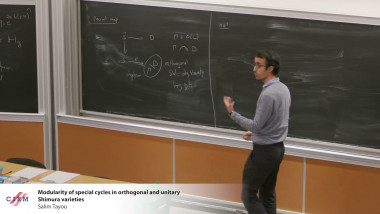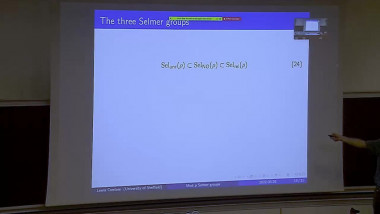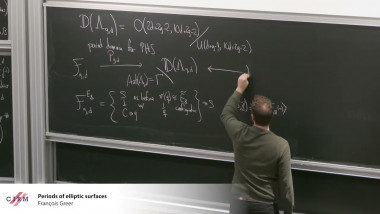The point-hyperplane geometry: relatively universal embeddings and associated codes
Let $V$ be an $(n+1)$-dimensional vector space over an arbitrary field $\mathbb{K}$ and denote by $\mathrm{PG}(V)$ the corresponding projective space. Define $\Gamma$ as the point-hyperplane geometry of $\mathrm{PG}(V)$, whose points are the pairs $(p, H)$, where $p$ is a point, $H$ is a hyperplane of $\mathrm{PG}(V)$ and $p \in H$ and whose lines are the sets $\ell_{p, ²}:=\{(p, U): p \in U}$ or $\ell_{², H}=\{(x, H): x \in H}$. The geometry $\Gamma$ is also known as the long root geometry for the special linear group $\mathrm{SL}(n+1, \mathbb{K})$ and admits an embedding (the Segre embedding of $\Gamma$ ) in the projective space $\mathrm{PG}\left(M_0\right)$, where $M_0$ is the vector space of the traceless square matrices of order $n+1$ with entries in the field $\mathbb{K}$. Since $M_0$ is isomorphic to a hyperplane of the vector space $V \otimes V^²$, we explicitly have
$$ \varepsilon: \Gamma \rightarrow \mathrm{PG}\left(M_0\right), \quad \varepsilon((\langle x\rangle,\langle\xi\rangle))=\langle x \otimes \xi\rangle, $$
with $x \in V \backslash\{0}, \xi \in V^² \backslash\{0}$. The image $\Lambda_1:=\varepsilon(\Gamma)$ of $\varepsilon$ is represented by the pure tensors $x \otimes \xi$ with $x \in V$ and $\xi \in V^²$ such that $\xi(x)=0$.
If the underlying field $\mathbb{K}$ admits non-trivial automorphisms, for $1 \neq \sigma \in \operatorname{Aut}(\mathrm{K})$, then it is possible to define a 'twisted version' $\varepsilon_\sigma$ of $\varepsilon$ as follows
$$ \varepsilon_\sigma: \Gamma \rightarrow \mathrm{PG}\left(V \otimes V^²\right), \varepsilon_\sigma((\langle x\rangle,\langle\xi\rangle))=\left\langle x^\sigma \otimes \xi\right\rangle, $$
where $x^\sigma:=\left(x_i{ }^\sigma\right)_{i=1}^{n+1}$. Consequently, the points of $\Lambda_\sigma:=\varepsilon_\sigma(\Gamma)$ are represented by pure tensors of the form $x^\sigma \otimes \xi$, under the condition $\xi(x)=0$.
In the first part of the talk I will address the problem of the universality of the Segre embedding $\varepsilon$ for $\Gamma$ proving that the answer to this question depends on the underlying field $\mathbb{K}$ and generalizing a previous result for $n=2$ (see recent work of I. Cardinali, L. Giuzzi, A. Pasini).
In the second part of the talk, I shall focus on the case where $\mathbb{K}=\mathbb{F}_q$ is a finite field of order $q$. Thus, regarding $\Lambda_1$ and $\Lambda_\sigma$ as projective systems of $\mathrm{PG}\left(M_0\right)$ respectively $\mathrm{PG}\left(V \otimes V^²\right)$, I will consider the linear codes $\mathcal{C}\left(\Lambda_1\right)$ and $\mathcal{C}\left(\Lambda_\sigma\right)$ arising from them. I shall determine the parameters of $\mathcal{C}(\Lambda)$ and $\mathcal{C}\left(\Lambda_\sigma\right)$ as well as their weight list. I will also give a (geometrical) characterization of some of the words of these codes having minimum or maximal weight (see recent work of I. Cardinali, L. Giuzzi).


